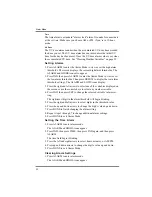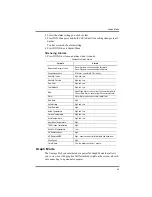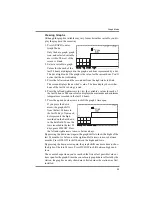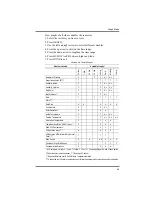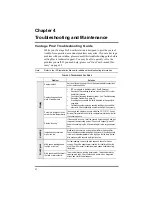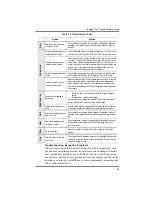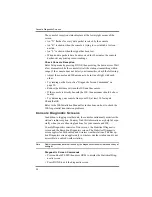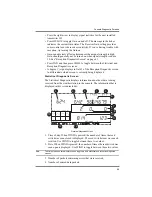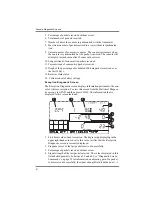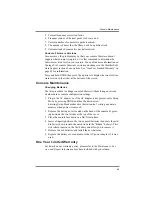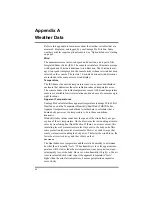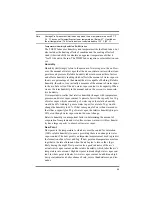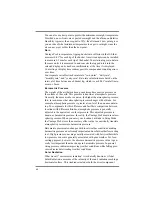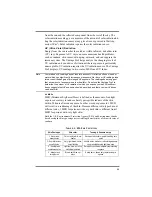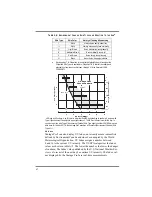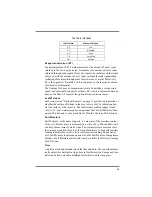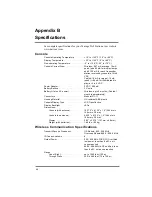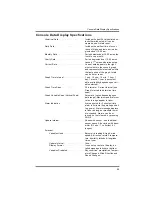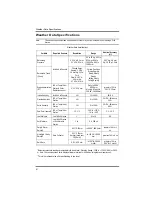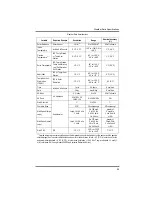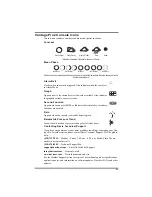
46
from the sun and the reflected component from the rest of the sky. The
solar radiation reading gives a measure of the amount of solar radiation hit-
ting the solar radiation sensor at any given time, expressed in Watts/sq.
meter (W/m
2
). Solar radiation requires the solar radiation sensor.
UV (Ultra Violet) Radiation
Energy from the sun reaches the earth as visible, infrared, and ultraviolet
(UV) rays. Exposure to UV rays can cause numerous health problems,
such as sunburn, skin cancer, skin aging, cataracts, and can suppress the
immune system. The Vantage Pro2 helps analyze the changing levels of
UV radiation and can advise of situations where exposure is particularly
unacceptable. UV radiation requires the UV radiation sensor. The Vantage
Pro2 displays UV readings in two scales: MEDs and UV Index.
Note:
Your station’s UV readings do not take into account UV reflected off snow, sand, or
water, which can significantly increase your exposure. Nor do your UV readings take
into account the dangers of prolonged UV exposure. The readings do not suggest
that any amount of exposure is safe or healthful. Do not use the Vantage Pro2 to
determine the amount of UV radiation to which you expose yourself. Scientific evi-
dence suggests that UV exposure should be avoided and that even low UV doses
can be harmful.
UV MEDs
MED (Minimum Erythemal Dose) is defined as the amount of sunlight
exposure necessary to induce a barely perceptible redness of the skin
within 24 hours after sun exposure. In other words, exposure to 1 MED
will result in a reddening of the skin. Because different skin types burn at
different rates, 1 MED for persons with very dark skin is different from 1
MED for persons with very light skin.
Both the U.S. Environmental Protection Agency (EPA) and Environment Canada
have developed skin type categories correlating characteristics of skin with rates of
sunburn.
T
ABLE
A-1: EPA S
KIN
P
HOTOTYPES
Skin Phototype
Skin color
Tanning & Sunburn history
1 - Never tans,
always burns
Pale or milky white; ala-
baster
Develops red sunburn; painful swelling, skin
peels
2 - Sometimes tans,
usually burns
Very light brown; some-
times freckles
Usually burns, pinkish or red coloring appears;
can gradually develop light brown tan
3 - Usually tans,
sometimes burns
Light tan; brown, or olive;
distinctly pigmented
Rarely burns; shows moderately rapid tanning
response
4 - Always tans;
rarely burns
Brown, dark brown, or
black
Rarely burns; shows very rapid tanning re-
sponse


